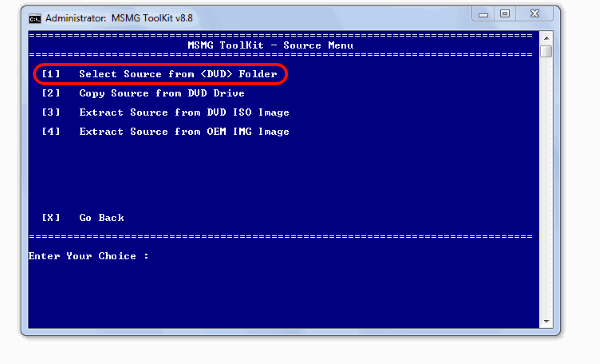
Manually validate what will be removed by the script Create a PowerShell Script object, point towards the script and ensure it’s running in a 64-bit process in the System context, similar to the following configuration: What’s removed from the device after running this scriptĪs for built-in appx provisioning packages, here’s the list of apps that will be removed:Īnd for the Feature on Demand V2 packages, these will be removed:Īs always, you can update the $WhiteListOnDemand and $WhiteListedApps variables to include more apps, ensuring they’re kept on the device, or of course remove entries from both if you think the already added apps does not fit in your environment. Remove Built-in apps for Windows 10 version 1903 – MSEndpointMgrĪs for Windows Autopilot and Intune, I’ve not written any posts as of yet, however the instructions are extremely simply. Remove Built-in apps when creating a Windows 10 reference image – MSEndpointMgr

ConfigMgr, see the following posts for implementation guidance:

Up until now though, I’ve been behind on keeping it up-to-date, but rest assured, here’s the latest version that now supports Windows 10 version 20H2 and below. During this time, I’ve attempted to keep my script updated after each new release of Windows 10. Over the years, the community has provided several solutions on how to accomplish this including myself. Since the release of Windows 10, it has been common for organization to try and reduce the footprint of built-in apps (or default apps) in their reference images, or even during bare-metal deployment.


 0 kommentar(er)
0 kommentar(er)
